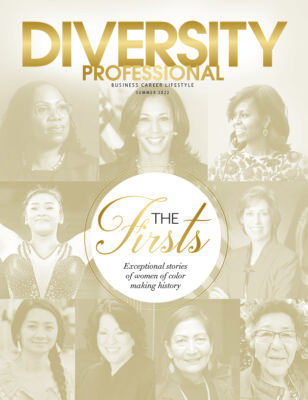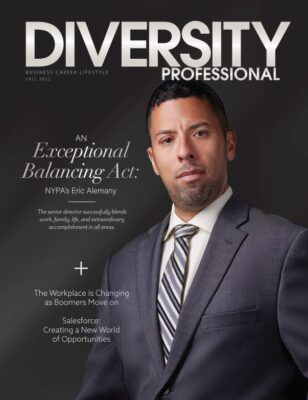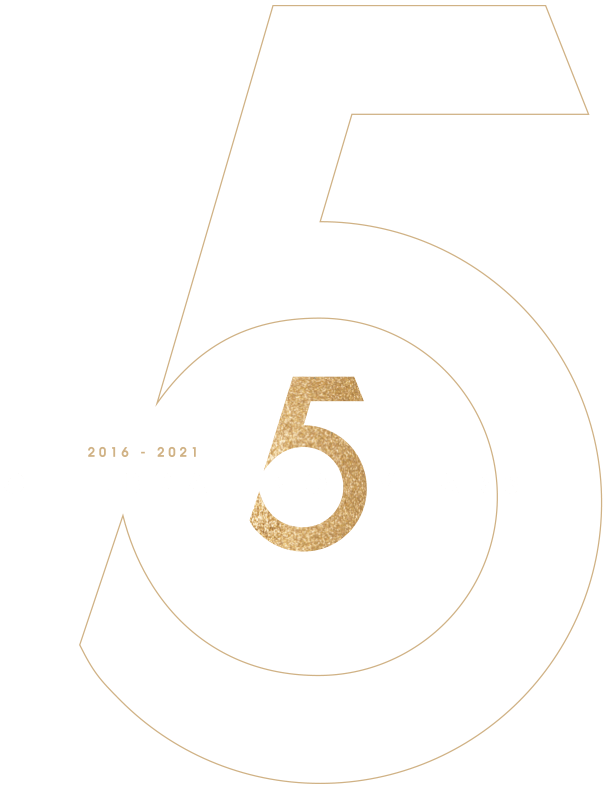BEHAVIORAL TENDENCIES: ANOTHER WAY TO DIVERSIFY TEAMS FOR SMARTER COLLABORATION
Understanding and using collaborative strengths at the team level.
When people think about diversity, their mind often goes to traits like gender, race, and socioeconomic status. One often overlooked area is people’s natural tendencies to behave in certain ways. As Ivan Matviak and I explain in our book, “Smarter Collaboration: A New Approach to Breaking Down Barriers and Transforming Work,” how people are inclined to collaborate can be an important source of diversity.
When a work team—for instance—contains a mix of collaboration skills and styles, members are more likely to view and solve an issue from many different perspectives, leading to a stronger solution. This form of smarter collaboration, which is the intentional bringing together of people with different backgrounds and perspectives to produce a better result than anyone could achieve on their own, equates to faster innovation, more satisfied clients, and better employee engagement—among other benefits.
The Seven Behavioral Dimensions of Smart Collaboration
Based on over a decade of research at Harvard, including a multipronged initiative to understand the individual foundations of collaborative behaviors, my team and I have identified seven key behavioral dimensions of smarter collaboration:
- Complex/concrete
- Risk spotter/risk seeker
- Hands on/hands off
- Responder/initiator
- Wary/trusting
- Close/distant
- Individual/group
The first four relate to the way a person tackles the issues on which smart collaboration is focused. What types of problems is a particular team member attracted to, and how are they prone to tackle them? The next three pertain to the ways that team members typically interact with their peers.
It’s important to understand that none of these tendencies is inherently ‘good’ or ‘bad.’ They can all be strengths if used intentionally—that is, thoughtfully leveraged to encourage smart collaboration. But if the tendencies show up in the wrong way—like taken to the extreme when you’re stressed out—then they can inhibit collaboration. A winning team pulls in a mix of these behaviors; a team lacking this kind of balance could be headed for trouble.
For example, a team with mostly complex thinkers might come up with lots of big picture, creative ideas— but lack the ability or motivation to make these ideas a reality. So, they really need concrete thinkers to put the big ideas into practice. Or a group with just one member who prefers close interactions might create an environment of isolation for this person, causing his level of engagement to plummet. In this case, those who prefer distant communication styles need to flex, becoming less task focused and more relationally driven when conversing with their outlier teammate.
Identifying Your Own Behavioral Tendencies
How do you identify your collaboration-related behavioral tendencies? One way is by using a psychometric tool. My team and I, for instance, have developed an assessment called the Smart Collaboration Accelerator based on research with thousands of participants in organizations across the globe. After spending about 10 minutes answering questions online, you receive a report showing your profile and personalized recommendations for turning your natural tendencies into concrete behaviors that can foster collaboration.
Understanding and Using Collaborative Strengths at the Team Level
Once you understand your own behavioral tendencies, you can see how they compare to those of your teammates. For example, using the Smart Collaboration Accelerator, it’s possible to compile multiple individual profiles into an anonymized team profile providing insights into the behavioral dynamics of the group. Seeing the distribution of strengths allows you to hypothesize about how any imbalances in that distribution might be hindering your team’s work. Then you can look for evidence this might be happening and make appropriate changes in your team’s composition.
To make sure your team is diverse and inclusive from a behavioral tendency perspective, consider the following questions:
■ Looking at the team profile, what voices are you lacking/do you need to hear more of?
■ How will you acquire the needed resources?
■ How will you make sure that teams aren’t just diverse but also safe spaces where everyone is welcome to share their perspective?
Addressing truly complex problems requires integrating the collective wisdom of individuals with diverse expertise and experiences and allowing them to play to their own strengths. This diversity includes people’s natural behavioral tendencies, and how they use them as strengths to foster smarter collaboration and all its benefits.









